Ensure Your Chimney Meets Safety Standards Today
Regular chimney inspections are essential for maintaining safe and efficient fireplace operation. Proper assessment helps identify potential issues before they become costly or hazardous, ensuring the integrity of the chimney system.
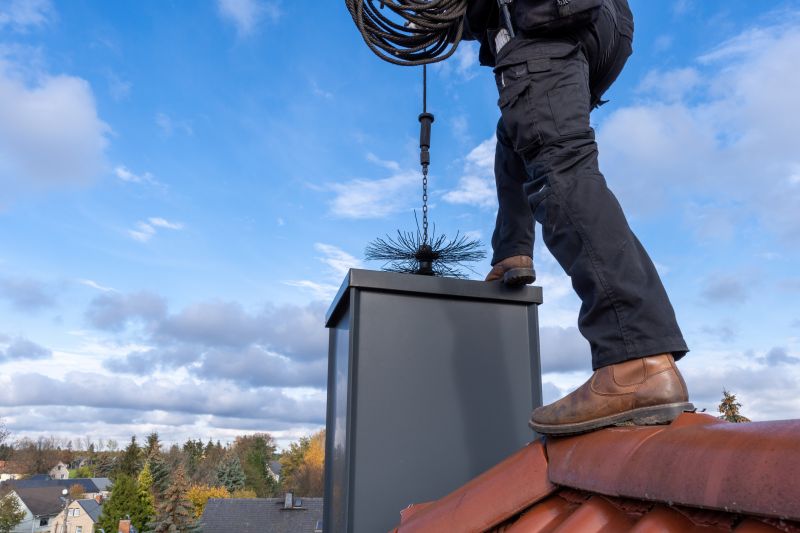
A chimney cap prevents debris and animals from entering, protecting the chimney's interior.

The liner safeguards the chimney structure and improves venting efficiency.
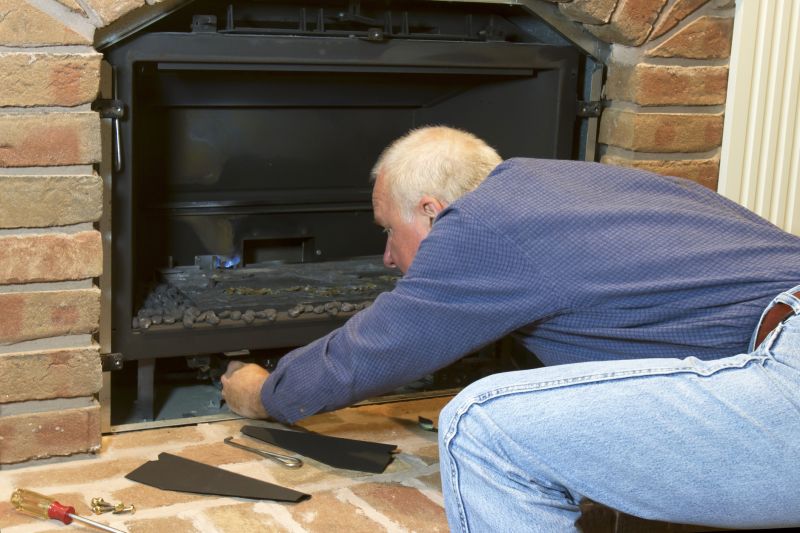
The damper controls airflow and prevents heat loss when the fireplace is not in use.
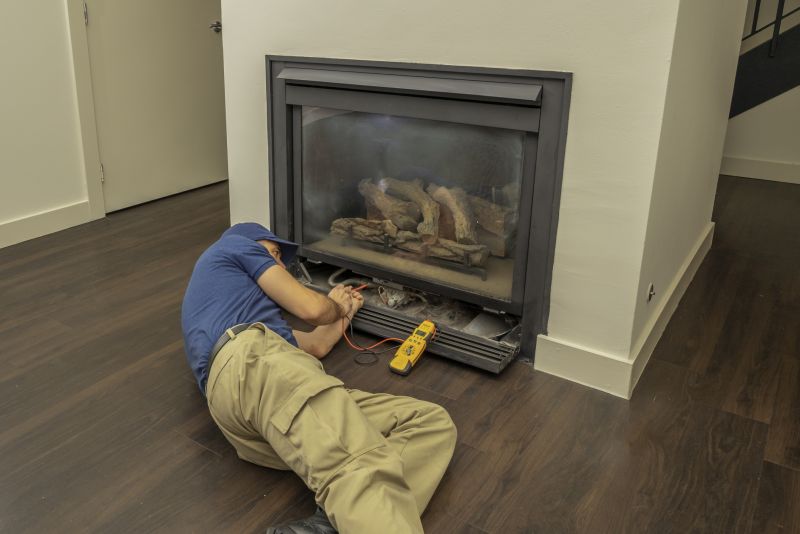
Inspecting the fireplace ensures proper operation and safety.
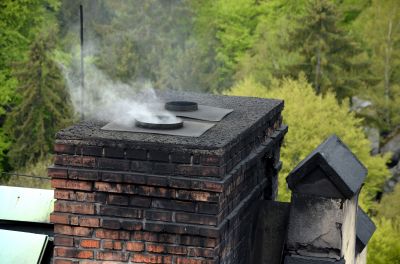
The flue directs smoke and gases safely outside.
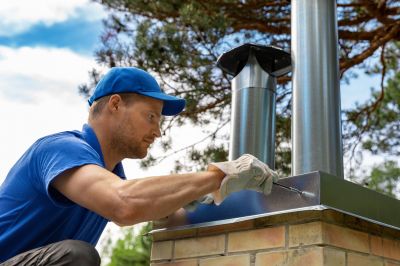
The crown seals the top of the chimney, preventing water intrusion.
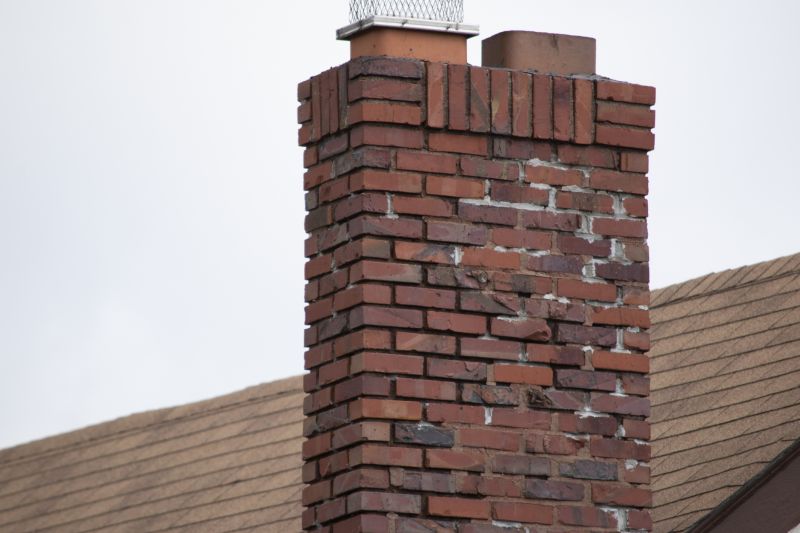
Assessing brick integrity helps prevent structural damage.
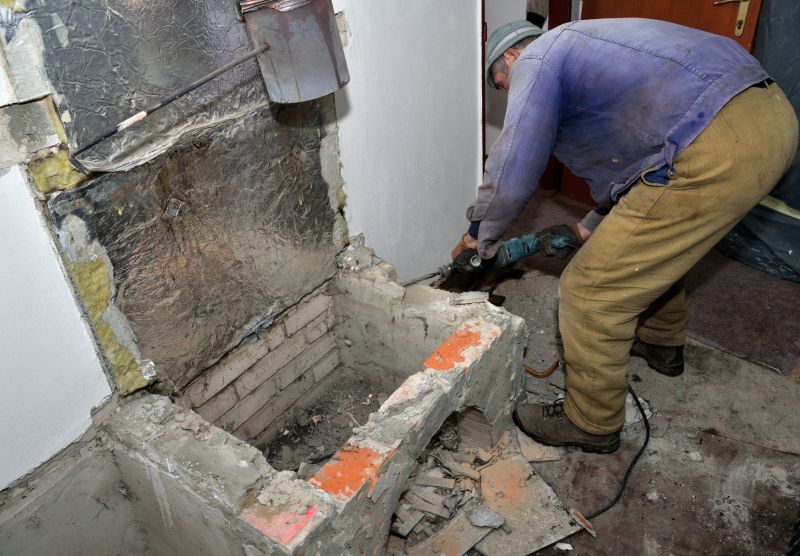
Identifying creosote accumulation reduces fire risk.

Early detection of cracks or deterioration extends chimney lifespan.
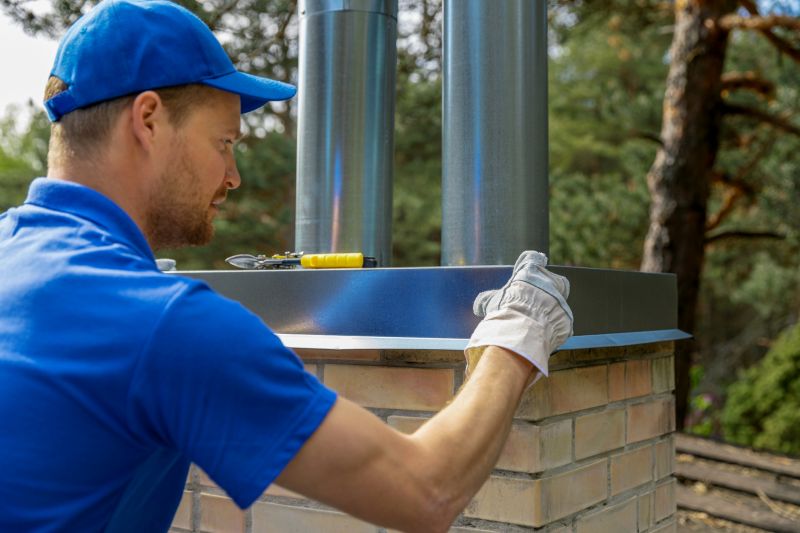
Ensures the mantel does not obstruct proper airflow or venting.
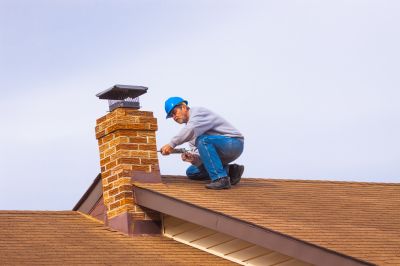
Proper venting prevents dangerous smoke or gas buildup.

Inspecting the exterior helps identify weather-related damages.
Ensuring the chimney and fireplace are functioning properly is vital for safety and efficiency. A thorough inspection can reveal issues such as blockages, damaged liners, or deteriorated components that could lead to dangerous situations, including carbon monoxide intrusion or chimney fires.
Key elements include the chimney cap, liner, damper, flue, and crown. Each component plays a crucial role in safe operation and effective venting.
Ignoring regular inspections can result in creosote buildup, cracks, or blockages, increasing the risk of fire, smoke damage, or harmful gases entering the living space.
A properly installed cap prevents water damage, animal intrusion, and debris accumulation, extending the lifespan of the chimney.
Damaged or cracked liners can allow heat and gases to escape into the surrounding structure, posing fire hazards and health risks.
Regular chimney inspections help identify potential problems early, ensuring that fireplaces operate safely and efficiently. Addressing issues promptly can prevent costly repairs and reduce the risk of dangerous incidents.
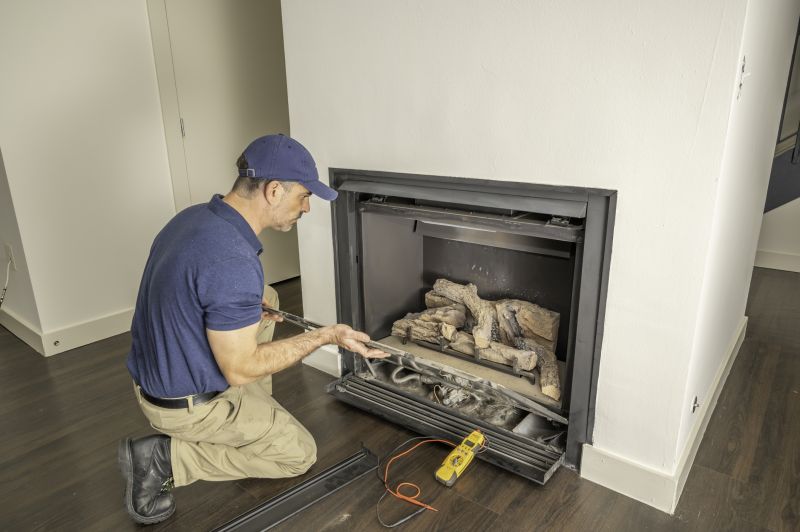
A well-maintained wood fireplace provides reliable heat and ambiance.

Professional inspection includes visual assessment and sometimes camera inspection.

Accumulated creosote is a leading cause of chimney fires.

Cracks or deterioration can compromise chimney stability.

Ensuring the flue is clear and intact supports safe venting.
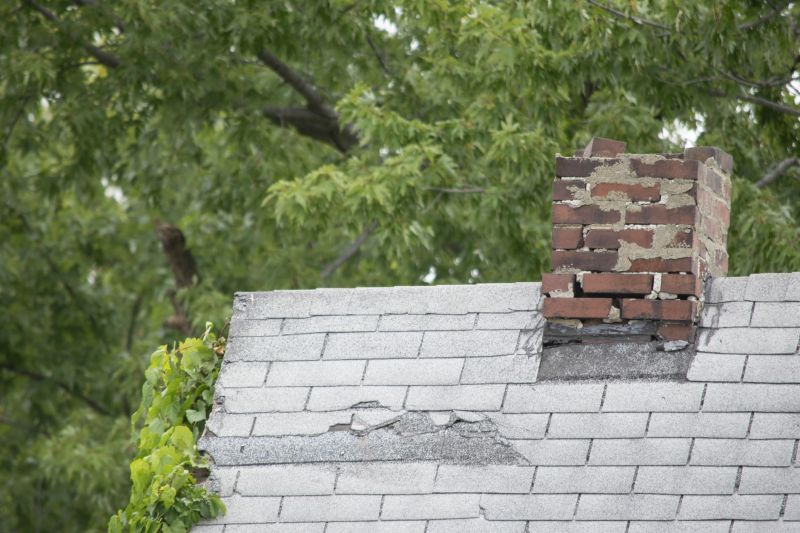
A damaged crown can lead to water infiltration and structural damage.
To maintain safety and optimal performance, regular inspections and maintenance of chimney components are recommended. This proactive approach helps prevent hazards and extends the life of the fireplace system.
Interested in scheduling a comprehensive chimney inspection? Use the contact form to request a quote and ensure your fireplace operates safely and efficiently.



